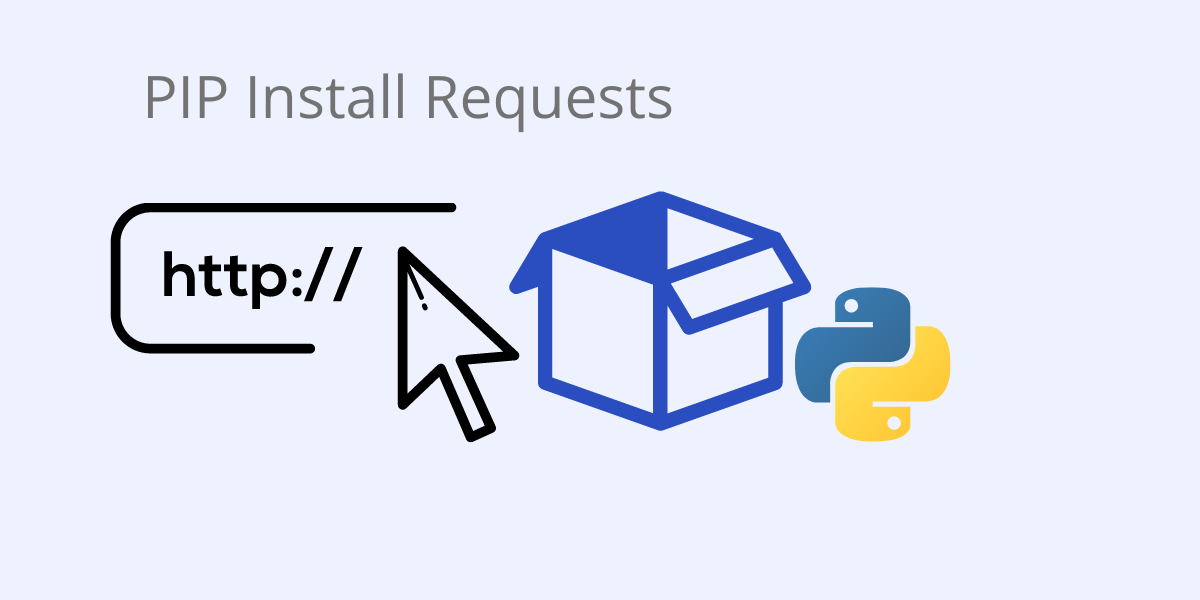

- #Install pip for python 2.7 centos how to
- #Install pip for python 2.7 centos install
- #Install pip for python 2.7 centos update
- #Install pip for python 2.7 centos upgrade
- #Install pip for python 2.7 centos software
Keep in mind that the commands you need to use will depend on the version of Python installed.

Now that you have installed pip on your Ubuntu machine, you can start installing Python packages found in the Python Package Index (PyPI) with pip and manage them using various commands.
#Install pip for python 2.7 centos install
Sudo pip3 install -upgrade pip Installing a Pip Package
#Install pip for python 2.7 centos upgrade
#Install pip for python 2.7 centos update
To update the repository package list, run the following command:.To install pip for Python 2 on Ubuntu 20.04, you will have to use the get-pip script. Pip for Python 2 is not included with Ubuntu 20.04. To upgrade pip to the latest version, run the following pip command: The latest iteration of pip that supports Python 2 is the 20.3.4 version. Finally, make sure that you have the latest version of pip for Python.To install the requirements, enter the following pip command: You have the option to install a file – requirements.txt – which contains a list of all the packages that can be installed using pip.The installed version may differ depending on the version of pip you’ve installed on your Ubuntu system. If the installation is successful, you will see your pip version number. Verify whether pip has been installed correctly by running this command:.

You might need to press Y or Enter to complete the installation. Note that all the dependencies required for building Python modules will be installed too. Begin installing Python 2 and pip by running the following command:.Update the repository package list by inputting this command:.Make sure that your Ubuntu 18.04 system is running Python 2 by entering the following command to the terminal:.On Ubuntu 18.04, Python 2 and pip are not installed by default.
#Install pip for python 2.7 centos how to
In the following sections, you will find step-by-step instructions on how to install pip for Python on Ubuntu 18.04 and Ubuntu 20.04. However, pip for Python 2 uses different commands depending on which Ubuntu version you’re running. Installing Python 2 Pipįirst, let’s go over how to install pip on the Ubuntu operating system for a machine that runs Python 2. We will also go over basic pip commands, including how to install a pip package. This section will explain how to install Pip on Ubuntu using Python 2 and Python 3.
#Install pip for python 2.7 centos software
If pip finds that the software hasn’t been installed, it will install them on the machine. When a user installs Python packages using pip, the package manager will resolve all the dependencies and check whether the chosen software packages are already installed.

Pip eases the process of installing and managing Python modules and packages because it connects to the Python Package Index (PyPI) – the official third-party software repository for Python. They contain Python definitions and statements, usually including runnable code. Once installed, pip allows you to install and manage Python packages from the command line or a terminal program.Ī Python package is a collection of Python modules. Pip, which stands for “pip installs packages”, is a command-line package management system for software written in the Python programming language. Before we get to the pip installation tutorial, it’s important to understand what pip is and how it works.


 0 kommentar(er)
0 kommentar(er)
